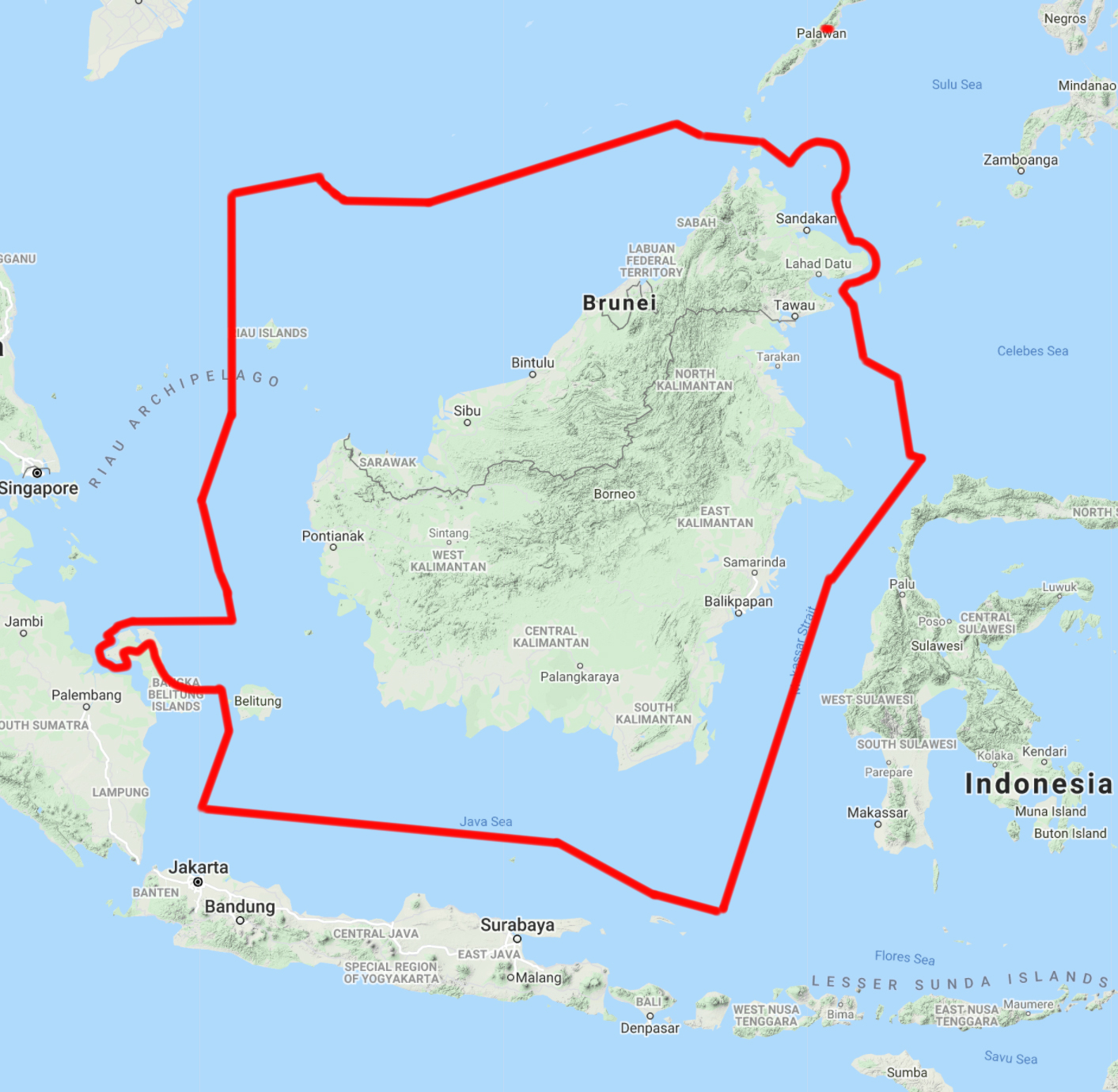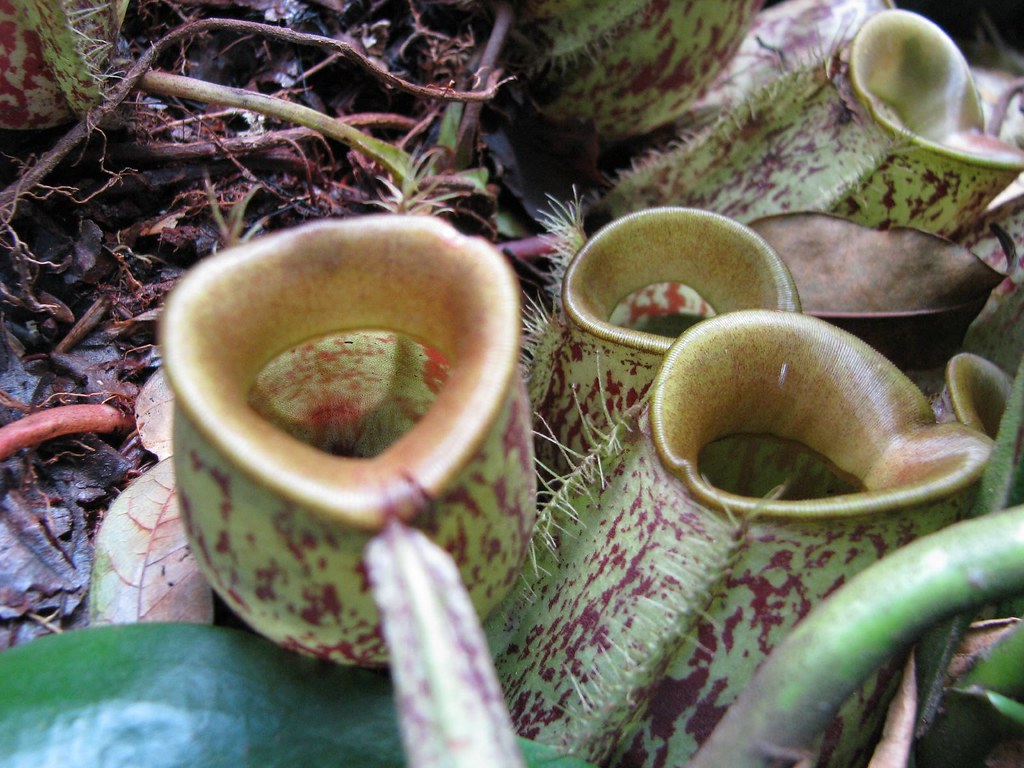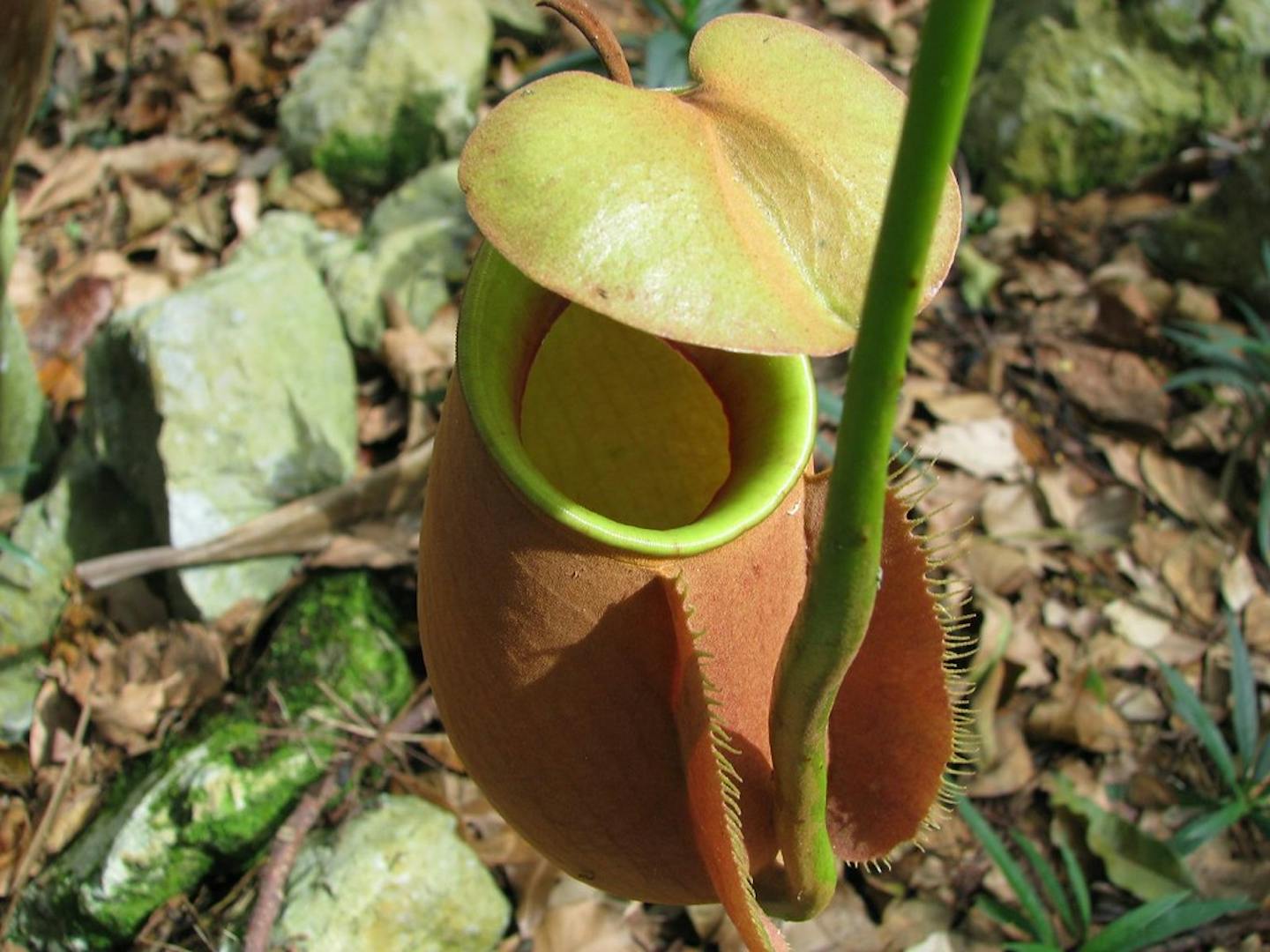Nepenthes: the surprisingly carnivorous plants that attract prey
Our “Species of the Week” series highlights the flagship species of each of the 844 unique ecoregions contained within Earth’s bioregions.
Nepenthes are tropical pitcher plants native to parts of South East Asia, India, Madagascar and Australia. Currently, there are 170 known species of Nepenthes, ranging in size from three to 49 feet or more. Their leaves are pitcher-shaped, collecting nectar secreted from the inside of a “lid” that forms over top. Monkeys are known to sip this fluid, earning the plants the nickname “Monkey Cups.” The nectar inside attracts not only primates, but also smaller animals like insects, which become trapped inside and killed for nutrition.

Nepenthes are the flagship species of the Kinabalu montane alpine meadows ecoregion, located in the Borneo Tropical Forests & Sundaland Heath Forests (IM16) bioregion.
Scientists have even observed vertebrates ranging from frogs to rats in the sticky jaws of pitcher plants before, and commonly thought these larger prey had been trapped accidentally. However, researchers at the University of Toronto in Ontario, Canada, recently found that salamanders are not only a preferred food of Nepenthes, but are caught much more often than previously known. Compared to other invertebrates the plants might capture, such as arthropods like spiders, scorpions, and centipedes, salamanders offer hundreds to thousands of times more nutrients, particularly nitrogen and phosphorus.

Creative Commons.
The slippery rim (peristome) and inner walls of the pitcher cause meal-seeking creatures to fall into the digestive fluid at the bottom of the trap. Once inside, the animal cannot get a grip on the waxy walls to climb out. Eventually, the critter drowns and the motion created by the struggle stimulates digestive glands to release acid to digest and absorb nutrients from the animals. Nepenthes prefer poor soil conditions, usually composed of peat, white sand, sandstone, or volcanic soils in high humidity. The nutrients these carnivorous plants gain from the wayfaring animals they catch are crucial to the plant’s health and survival. In fact, the digestive acid is so strong that the largest species of Nepenthes, called Nepenthes attenboroughii, whose pitchers can be as big as a football, has been known to eat not just mice but also larger rats. In the extreme conditions where Nepenthes thrive, survival truly is catch-as-catch-can.

.png?auto=compress%2Cformat&w=200)

